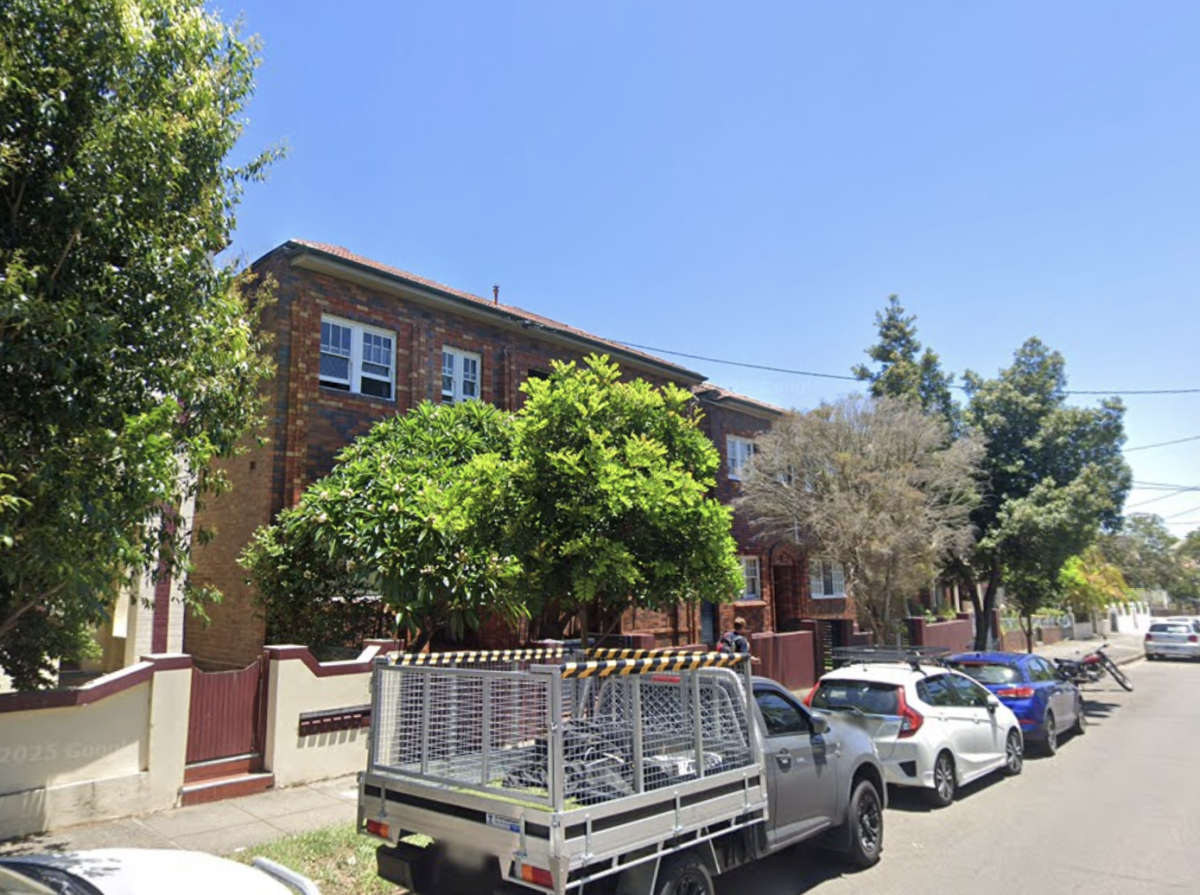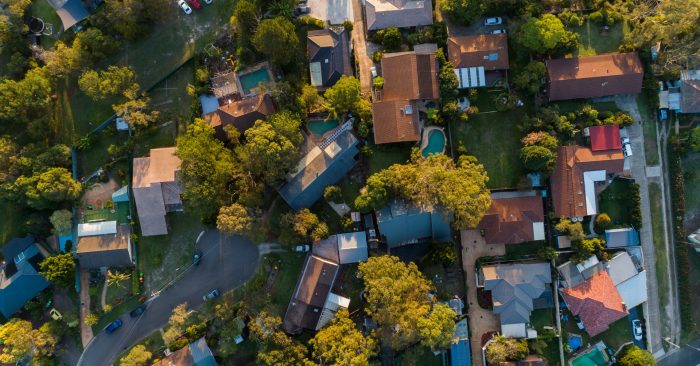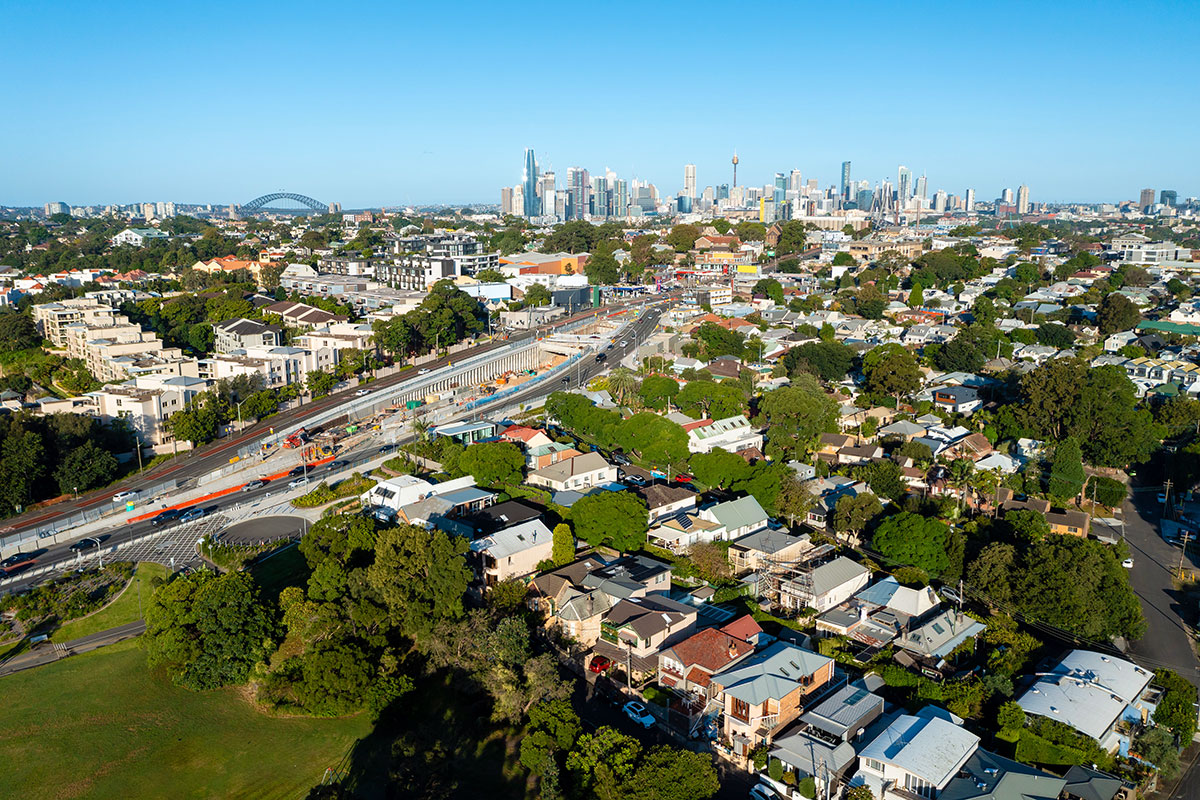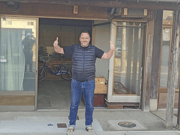
A red-brick apartment block in one of Australia's quaint neighbourhoods has become the unlikely symbol of a deepening housing crisis.
Locals at Marrickville have banded together to save some of the suburb's last affordable rentals from the wrecking ball.
A 1920s art-deco building at 50-52 Warren Road, which conceals two Victorian villas dating back to 1886, faces demolition to make way for an eight-storey complex under a controversial development.
For many residents, it's not just about losing their homes—it's about losing the heart of their community.
Sydney's price-to-income ratio sits at 9:1, making it one of the most expensive places to live globally.
The Warren Road building represents something increasingly rare: genuinely affordable housing where studios rent for as little as $390 per week.
When affordable means everything
'There's people here on very low incomes who have been living in the inner west their entire lives,' Warren Road resident Erina Denicolas explained.
'Losing this particular housing would mean they're pushed out of the area. It makes it harder for them to keep in contact with their friends and family; they would lose their community.'
Her partner, Broughton Caley, faces the prospect of leaving the inner west for the first time in their life.
'I grew up in Newtown, and now we're looking to move further south or west,' Caley said.
The human cost of this displacement extends far beyond individual hardship.
Inner-city Sydney has already recorded a 24 per cent increase in rough sleeping since 2024, highlighting the dire consequences when affordable housing disappears.
'Having cheap places like this is one of the parts of that sort of idea, where you might be able to live cheap for 10 years or so and afford to buy your own place. I think to most young people that now seems like more of a myth.'
A building with stories to tell
The Warren Road apartments aren't just affordable housing—they're a piece of Sydney's architectural heritage.
Rod Aanensen from the Marrickville Heritage Society describes it as 'an amazing looking building', with the red-brick facade from the 1920s concealing two separate Victorian-style villas built in 1886.
Over the decades, these units have housed the people who keep Sydney running: teachers, nurses, students, and other essential workers.
An attempt to heritage-list the property failed in 2011, partly because Marrickville's diverse architectural styles made individual buildings harder to protect.
The broader crisis hitting home
Sydney remains the epicentre of Australia's housing crisis, and the Warren Road situation reflects a much larger issue.
Research indicates that having a stable income is no longer sufficient to enter Sydney's housing market, with the situation predicted to remain dire for at least the next decade.
For an individual earning the median income, it can take more than a decade to save for a house deposit. Meanwhile, for buyers in NSW, this could be closer to 20 or 30 years.
The proposed eight-storey replacement promises eight affordable housing units out of 43 total apartment units that would rent at 80 per cent of market value or 25 per cent of tenants' weekly income.
However, these 'affordable' units come with a catch: the reduced rates only last 15 years, meaning residents could face displacement again by the early 2040s.
The developer acknowledges that current residents will be displaced during construction, stating in the application that 'displacement of current tenants during demolition and construction may necessitate relocation'.
Notably, no arrangements have been made to assist displaced residents.
John Engeler from Shelter NSW argues this represents 'the best option B we're going to get,' explaining that 15-year limits make developments financially viable for builders.
'In order for that project to stack up, we're often told that it needs to be only for 15 years,' Engeler stated.
A community fights back
The Warren Road development is the first to proceed under the Inner West Council's 'Fairer Future Plan', which narrowly passed in September and aims to build more than 31,000 units across the area over the next 15 years.
Mayor Darcy Byrne insists action is urgent: 'If you don't act now to increase the supply of housing, then the already obscene level of inequity in our local community will get worse.'
However, residents see it differently.
The Better Future Coalition organised a rally through Marrickville to the Town Hall, arguing the plan will 'bulldoze main roads and suburban roads including historical buildings and low cost rentals' and 'tear our community apart.'
Greens Councillor Olivia Barlow, who held a public forum with 40 residents, says the community feels 'really frustrated'.
'We do want to see more homes built, but in the case of Warren Road, it just doesn't make sense to sacrifice these existing well-built medium-density options for what will be luxury apartments,' Councillor Barlow argued.
What this means for older Australians
The Warren Road battle holds particular significance for older Australians, many of whom have witnessed decades of urban change.
The displacement of long-term residents from affordable housing disproportionately affects those on fixed incomes, including pensioners and older workers who cannot easily relocate or find alternative accommodation.
When affordable housing disappears, it often fragments these vital support systems that many seniors rely on for both practical help and social connection.
For those following the Warren Road case or similar developments in their area, the consultation period offers an opportunity for community input.
The NSW Housing Delivery Authority has already received 261 projects, representing 91,100 new dwellings, in just seven months of operation, demonstrating the scale of development pressure across Sydney.
The Warren Road development application consultation will close on Thursday, 30 October 2025, with the Inner West Council now required to consider community feedback before referring the matter to the Local Planning Panel for determination.
The final decision on Warren Road remains pending, but its impact will be felt far beyond one small street in Marrickville. It's a test case for how Sydney will balance urgent housing needs with community values and heritage preservation in the years ahead.
What do you think about the balance between new housing supply and protecting existing affordable accommodation? Have you experienced similar development pressures in your community? Share your thoughts about the situation with us in the comments section below.
Primary source

Another historic Aussie building to bite the dust for luxury apartments
Residents renting flats for as little as $390 a week say the building’s destruction is a symptom of our housing crisis. 7news.com.au
7news.com.au
Sydney’s Housing Crisis: Challenges, Policies, and Solutions | Justice and Peace Office
Cited text: 'The price to income ratio of 9:1 indicates Sydney remains one of the most expensive places to live, and this is forecasted to worsen.'
Excerpt: Sydney's price-to-income ratio sits at 9:1, making it one of the most expensive places to live globally.
Sydney’s Housing Crisis: Challenges, Policies, and Solutions | Justice and Peace Office
 justiceandpeace.org.au
justiceandpeace.org.au
2025 Street Count underscores importance of housing and homelessness initiatives | NSW Government
Cited text: 'Inner-city Sydney recorded the highest number of people sleeping rough, with a 24 per cent increase since the 2024 count.'
Excerpt: Inner-city Sydney has already recorded a 24 per cent increase in rough sleeping since 2024, highlighting the dire consequences when affordable housing disappears.

2025 Street Count underscores importance of housing and homelessness initiatives
The 2025 Street Count reinforces the importance of the NSW Government’s targeted investment to build more homes and strengthen homelessness services, with 2,192 people recorded as sleeping rough across the state. www.nsw.gov.au
www.nsw.gov.au
Sydney housing unaffordable on median full-time income: study
Cited text: 'Having a stable and regular income is no longer enough to comfortably enter the housing market anywhere in Sydney, says a new study.'
Excerpt: Research indicates that having a stable income is no longer sufficient to enter Sydney's housing market, with the situation predicted to remain dire for at least the next decade.

Sydney housing unaffordable on median full-time income: study
New research suggests Sydney’s housing market will remain unaffordable until at least the 2030s. www.unsw.edu.au
www.unsw.edu.au
Sydney remains ground zero for Australia’s housing crisis—Grattan Institute
Cited text: 'To late September 2025, after just seven months of operation, 261 projects have received status as state-significant developments. These projects acco...'
Excerpt: 'The NSW Housing Delivery Authority has already received 261 projects representing 91,100 new dwellings in just seven months of operation.'

Sydney remains ground zero for Australia’s housing crisis - Grattan Institute
The NSW government deserves credit for taking steps to get more housing built. Here’s what it should do next. grattan.edu.au
grattan.edu.au







